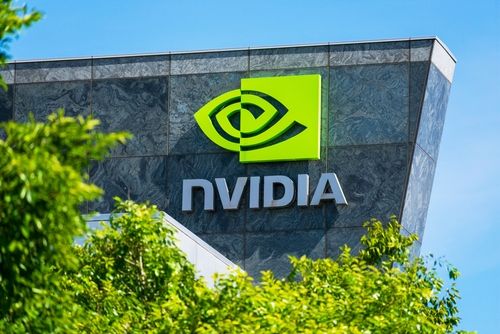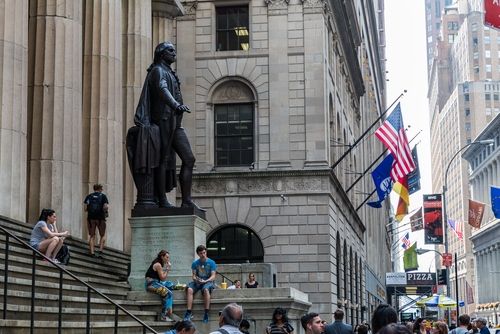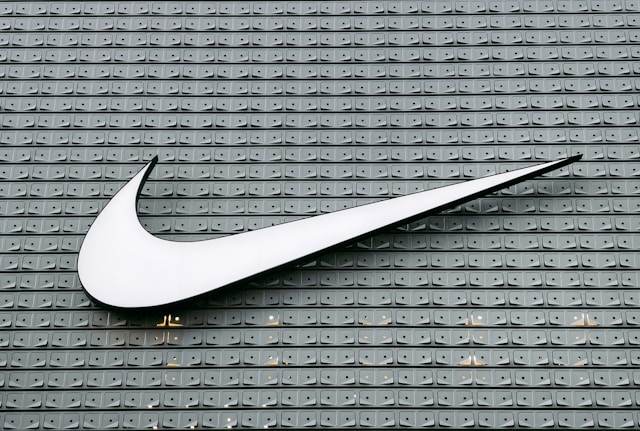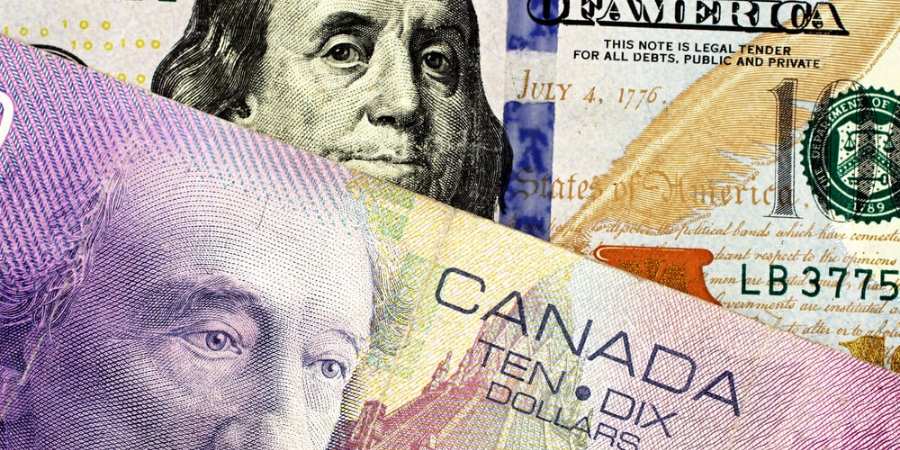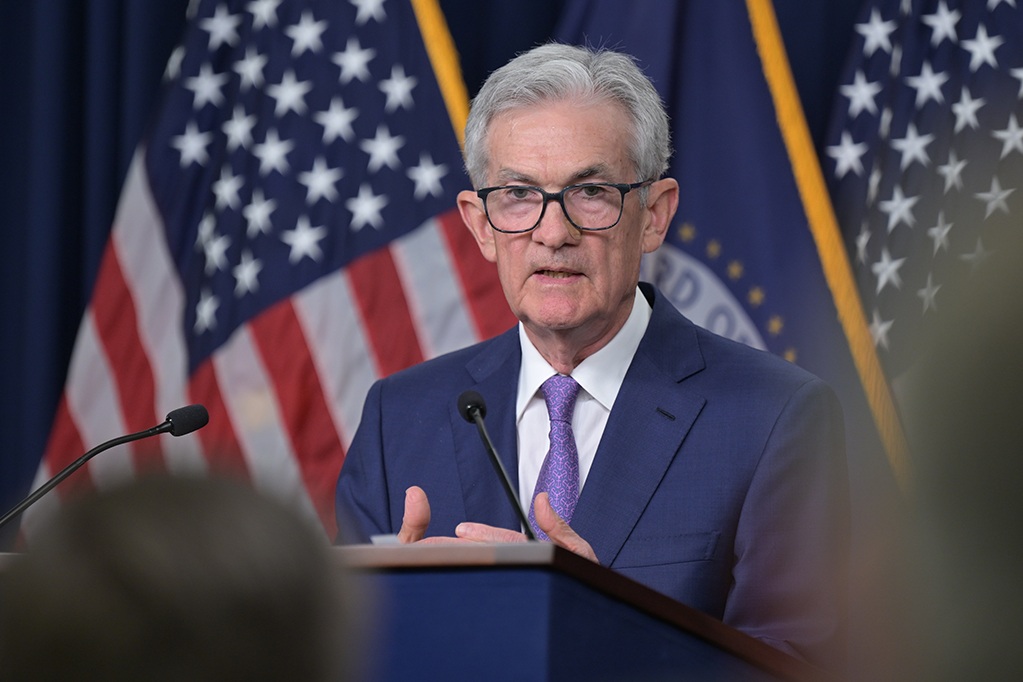BREAKINGVIEWS-Market euphoria belies brewing inflation dangers

By Sebastian Pellejero
NEW YORK, July 1 (Reuters Breakingviews) - Investors have, by and large, shrugged off the predicted shocks and disruptions of the Trump administration’s trade war. Official inflation figures show price rises continuing to subside. The S&P 500 and Nasdaq indexes have roared back to record highs. Yet just as Washington is cutting its data-gathering toolkit, corporate America is preparing for cost increases that could catch Wall Street off guard.
Take the country’s busiest online storefront. Prices of Chinese goods sold through Amazon.com’s marketplace jumped 2.6% in the first half of 2025, according to an analysis conducted by DataWeave for Reuters. That outpaces the government’s 2% annualized reading for core goods inflation reported over the six months to May. The gap suggests that the effect of tariffs – now set at 55% on imports from China – is beginning to emerge. Temporarily lowered levies on the rest of the world, meanwhile, are ostensibly due to reset higher on July 9.
Companies are bracing for impact. Sportswear giant Nike told investors last week that newly imposed duties will lift costs by roughly $1 billion this fiscal year, forcing price increases this fall. Elsewhere, tariffs on cars and trucks are expected to total $30 billion in 2026, with consumers expected to bear 80% of the expense, according to consulting firm AlixPartners.
Lean inventories amplify the risk. The nationwide ratio of monthly stockpiles to sales volume has slipped its lowest reading since August 2022. Lean buffers mean that any fresh supply hiccup, from logistics snarls to further tariff escalation, could more quickly translate to raised prices.
Meanwhile, Washington’s ability to scrutinize inflationary signals is at risk. A federal hiring freeze has forced the Bureau of Labor Statistics to trim the number of businesses it canvasses for its monthly price survey. As a result, the agency is increasingly turning to hazier statistical estimates. The inevitable result is less precision, just when it may be most crucial.
Consumers are already feeling a pinch, with the share of delinquent credit-card debt reaching its highest level since 2011 in the first quarter, according to Federal Reserve Bank of New York data.
Productivity gains from artificial intelligence or cooling price rises for services — still the bulk of consumer spending — could soften the blow. Given mounting signs of inflationary pressure, though, investors calmed by official headline numbers would be wise to remain on alert.
Follow Sebastian Pellejero on LinkedIn.
CONTEXT NEWS
The median price for goods made in China and sold on Amazon.com rose by 2.6% between January and mid-June, according to an analysis of 1,400 products conducted for Reuters by DataWeave. That outpaces the 2% rate implied by core goods inflation data reported by the Bureau of Labor Statistics for the six months through May.
On June 26, Nike said it expects tariffs to increase its costs by $1 billion this fiscal year. The sportswear retailer said it plans to pass along some of these costs through price increases.

